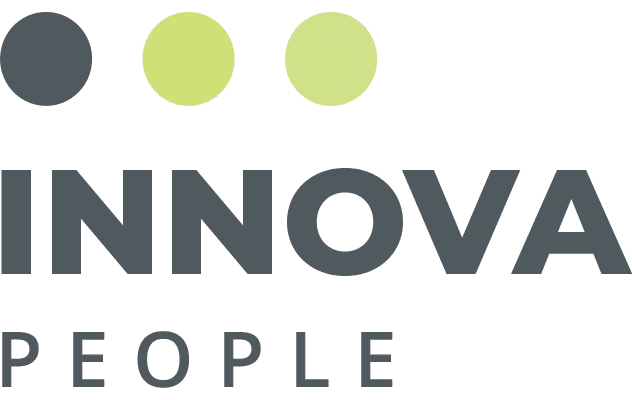We could all use some inspiration right now. Take ten with TED Talks. From speeches on leadership, education to the practice of mindfulness, the highly popular TED talk videos are the perfect source of inspiration for taking small steps toward living your best life.
While there are thousands to choose from, some of the most insightful talks take up less than 10 minutes of your time.
Here are five of our favorites if you’re looking to expand your horizons, find some inspiration, and still get to that Zoom meeting on time.
Julian Treasure: “How to Speak so that People Want to Listen“
Julian Treasure demonstrates some vocal exercises for anyone who wants to command the attention of a room business consultant and sound expert and shares tips on how to speak with power and empathy.
Length: 9:58
Sunni Brown: “Doodlers, unite!”
Are you looking for ways to unlock some creative thinking? Sunni Brown insists that doodling is a method for improving comprehension and fostering more creative thinking. Brown makes the case by unlocking your brain via pad and pen.
Length: 5:50
Andy Puddicombe: “All it Takes is 10 Mindful Minutes”.
Can you recall the last time you altogether paused and did nothing for ten straight minutes? Yeah, we can’t either. Mindfulness expert Andy Puddicombe describes the transformative power of refreshing your mind for 10 minutes a day, only by being mindful and experiencing the present moment.
Length: 9:09
Ron Gutman: “The Hidden Power of Smiling”
Health entrepreneur Ron Gutman reviews a collection of studies about the simple act of smiling and reveals some surprising results: your smile can measure longevity, the act of smiling can boost your mood and stimulates our brain better than chocolate.
Length: 7:26
Adam Atler: Why Our Screens Make Us Less Happy”
What makes us incessantly check our phones? Psychologist Adam Atler dives into the fascinating psychology that drives our tech additions and what you can do about it to live a more fulfilled life.
Length:9:21
Have a favorite TED talk? Let us know, we’d love to hear what’s inspiring you.



